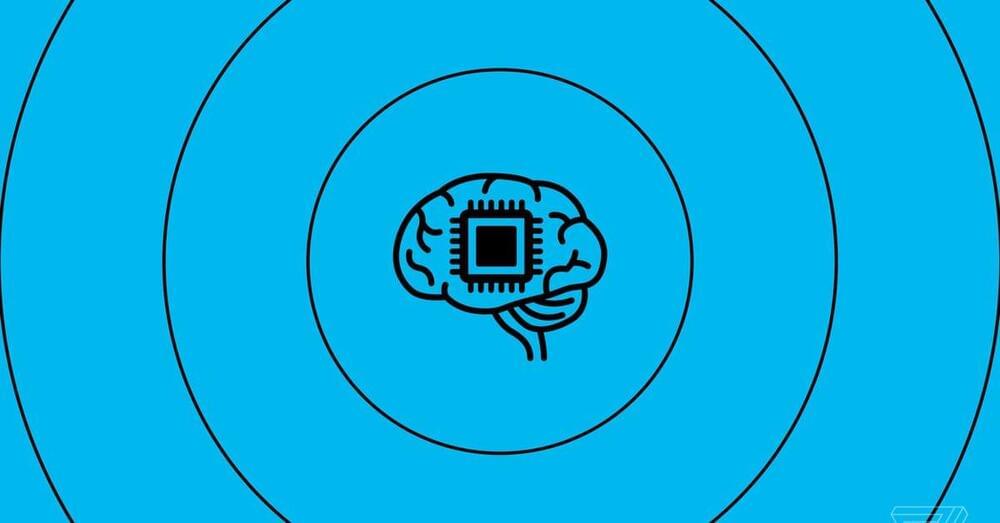In case you haven’t heard, artificial intelligence is the hot new thing. Generative AI seems to be on the lips of every venture capitalist, entrepreneur, Fortune 500 CEO and journalist these days, from Silicon Valley to Davos.
To those who started paying real attention to AI in 2022, it may seem that technologies like ChatGPT and Stable Diffusion came out of nowhere to take the world by storm. They didn’t.
Since at least the release of GPT-2 in 2019, it has been clear to those working in the field that generative language models were poised to unleash vast economic and societal transformation. Similarly, while text-to-image models only captured the public’s attention last summer, the technology’s ascendance has appeared inevitable since OpenAI released the original DALL-E in January 2021. (We wrote an article making this argument days after the release of the original DALL-E.)
By this same token, it is important to remember that the current state of the art in AI is far from an end state for AI’s capabilities. On the contrary, the frontiers of artificial intelligence have never advanced more rapidly than they are right now. As amazing as ChatGPT seems to us at the moment, it is a mere stepping stone to what comes next.
What will the next generation of large language models (LLMs) look like? The answer to this question is already out there, under development at AI startups and research groups at this very moment.







